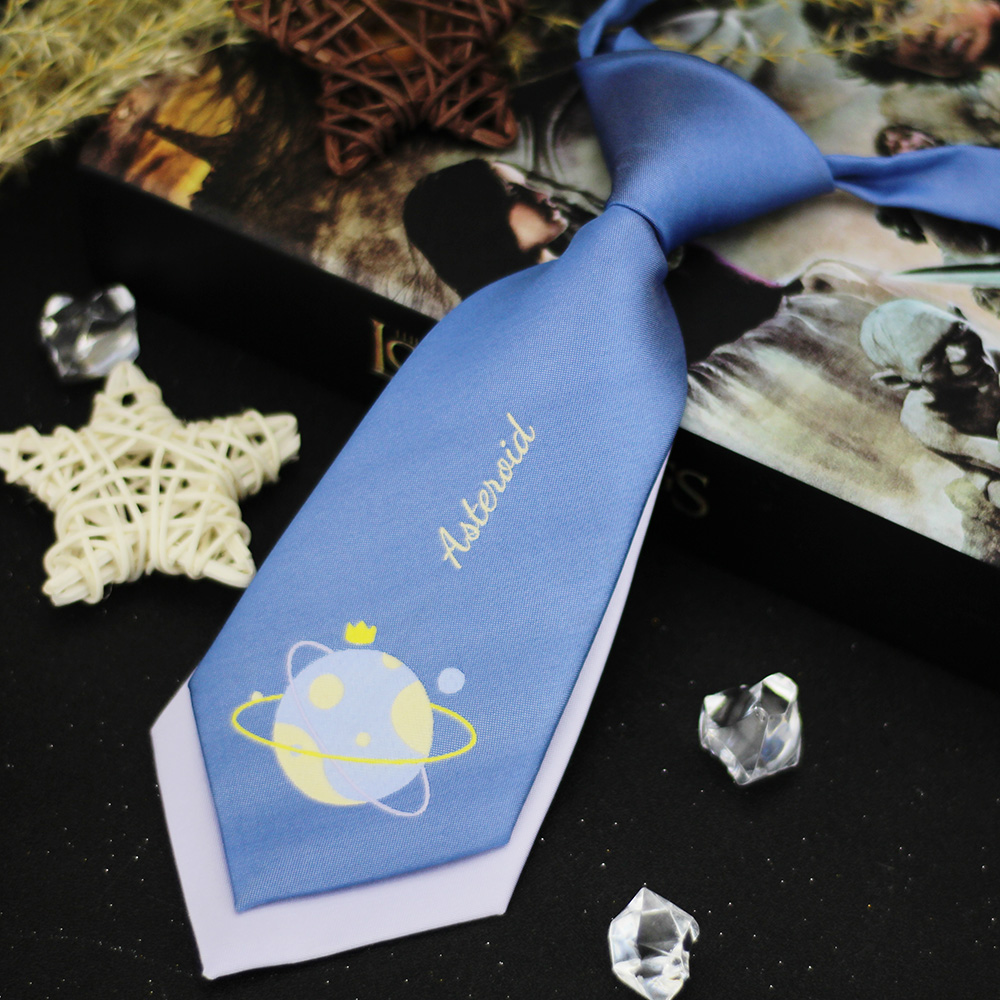The history of women’s neckties is a fascinating and often overlooked aspect of fashion history. While neckties have long been associated with men’s formalwear, they have played a significant role in women’s fashion over the years. This article will explore the evolution of women’s neckties, from their early beginnings to their current status as a bold and versatile accessory.

The Early Years: The 16th and 17th Centuries
Women’s neckties can be traced back to the 16th and 17th centuries, during which time they were primarily used as a means of securing a high-necked collar or ruff. These early ties were made from a variety of materials, including silk, lace, and velvet, and were often adorned with jewels, embroidery, or other decorative elements.
The 18th and 19th Centuries: The Rise of the Bow and Cravat
As the high-necked collar fell out of favor, the bow and cravat emerged as popular alternatives in the 18th and 19th centuries. Women started wearing bow ties and cravats, typically made from silk or satin, as part of their formal attire. These accessories were often worn with a blouse or dress, and their popularity continued to grow throughout the Victorian era.
The Early 20th Century: The Ascot and the Birth of the Modern Necktie
In the early 20th century, the Ascot tie became a popular accessory among women, particularly for formal and semi-formal occasions. The Ascot, named after the famous British horse race, featured a wide, pleated neckband that was secured with a pin or brooch.
During this time, women also began to embrace the modern necktie, a style initially popularized by men. The 1920s saw the rise of the flapper movement, during which women adopted a more androgynous style of dress, often incorporating neckties into their outfits.
The Mid-20th Century: The Feminine Touch
As women’s fashion evolved, so too did their use of neckties. The mid-20th century saw the introduction of more feminine and delicate necktie styles, such as the pussy bow and the ribbon tie. These styles were often worn with blouses and dresses, adding an elegant and sophisticated touch to women’s attire.
The Late 20th Century and Beyond: Embracing Versatility
In the late 20th century and into the 21st century, women’s neckties have continued to evolve, becoming a versatile and fashionable accessory for women of all ages. From classic silk ties to bold, patterned designs, there is a necktie style to suit every taste and occasion.
Today, women’s neckties are celebrated for their ability to add a touch of flair and sophistication to any outfit, whether worn with a suit for a professional look or paired with a blouse for a more casual ensemble.
Conclusion
The history of women’s neckties is a testament to the ever-changing nature of fashion and the continuous evolution of women’s style. From their humble beginnings as a functional accessory to their current status as a fashionable and versatile piece, women’s neckties have come a long way and continue to make a statement in the world of fashion.

